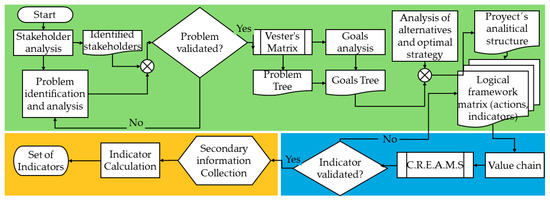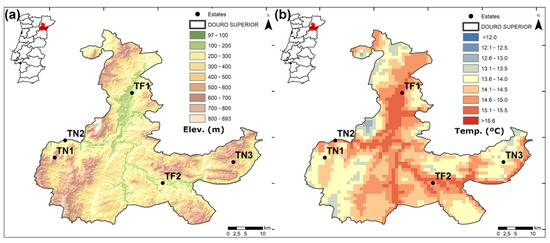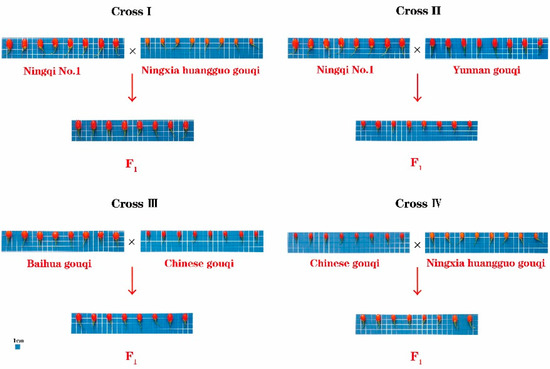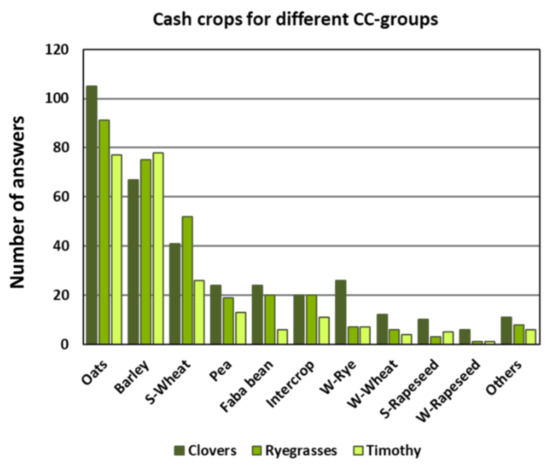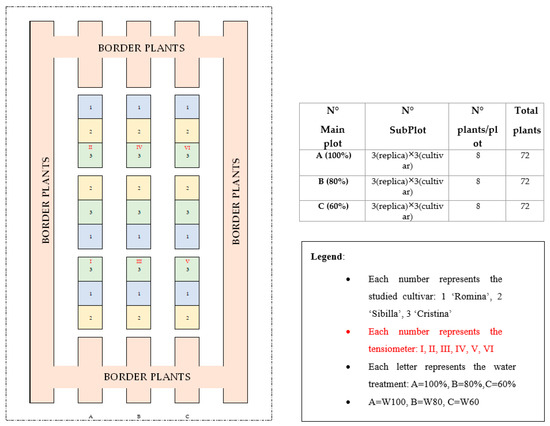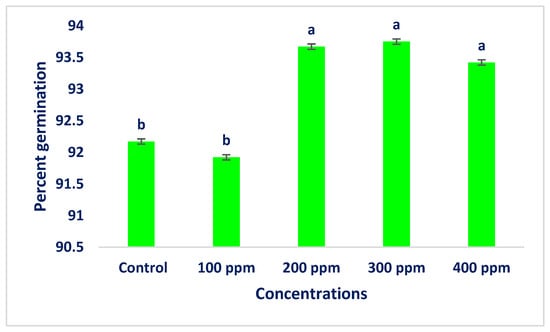Agronomy 2022, 12(6), 1407; https://doi.org/10.3390/agronomy12061407 - 11 Jun 2022
Cited by 2 | Viewed by 2646
Abstract
We present the construction of a methodological proposal to determine which indicators should be considered in the monitoring and evaluation of water resource management in the irrigation districts in Colombia (Land Adequacy Districts). This document begins with a characterization of the subsector of
[...] Read more.
We present the construction of a methodological proposal to determine which indicators should be considered in the monitoring and evaluation of water resource management in the irrigation districts in Colombia (Land Adequacy Districts). This document begins with a characterization of the subsector of land adequacy, presents the national and international background in the assessment of water resource management, and establishes the optimal scope given the experience of Colombian institutions, the current legal framework, and the quality of official information on subsector issues. Economic, social, water, and climate aspects are considered. Thirteen indicators were chosen from Product Management Indicators, Activity Management Indicators and Results, and Impact Indicators.
Full article
(This article belongs to the Special Issue Selected Papers from 11th Iberian Agroengineering Congress)
►
Show Figures
